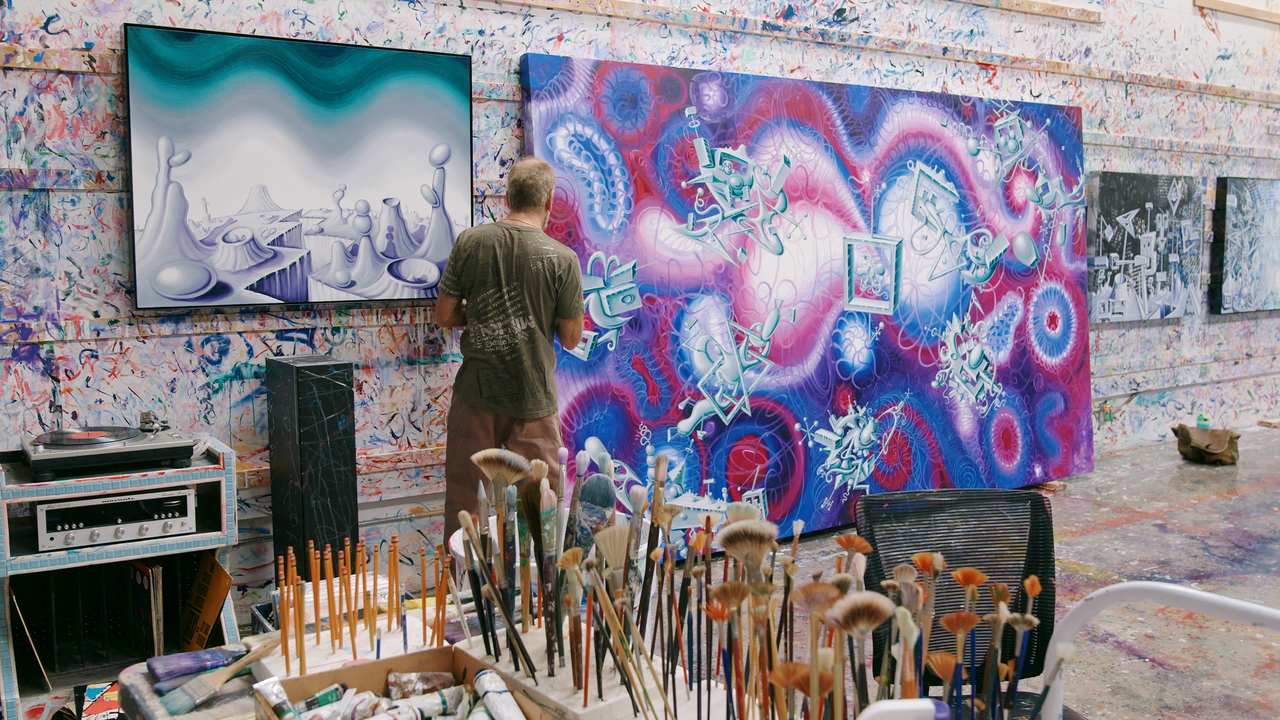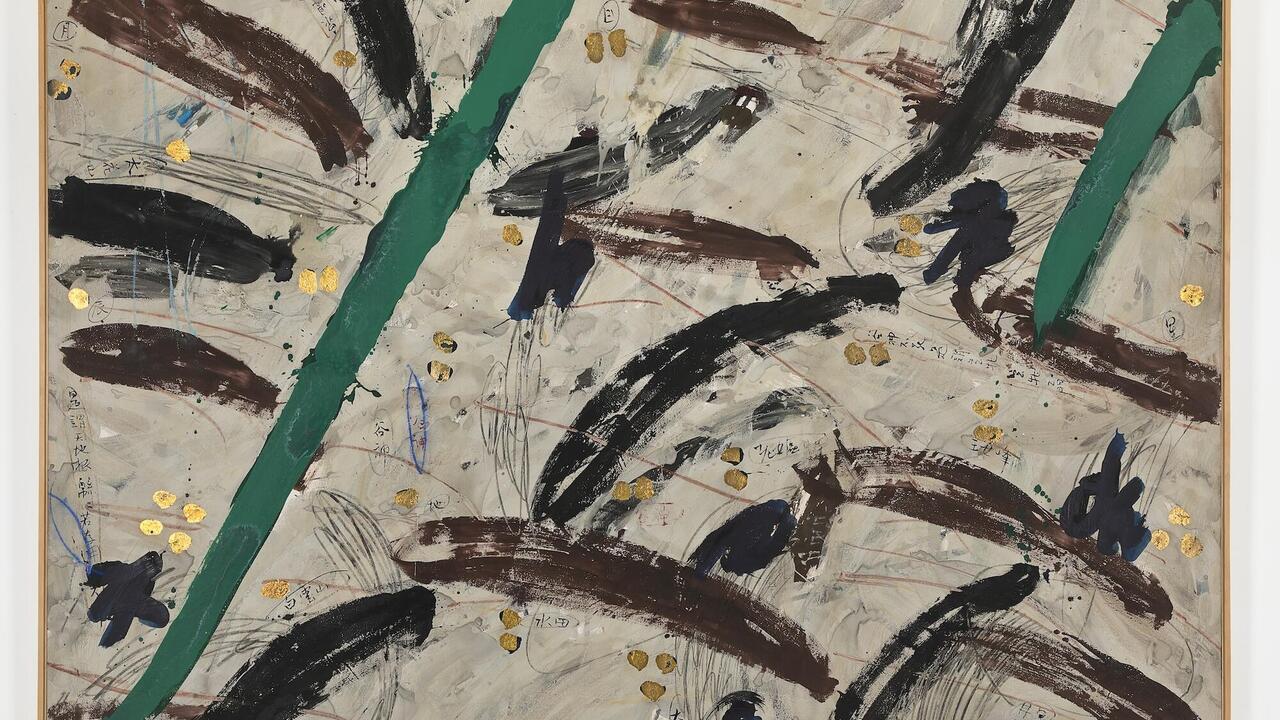Lieber Aby Warburg, was tun mit Bildern?
Museum für Gegenwartskunst
Museum für Gegenwartskunst

One good thing about the current Aby Warburg boom is that the Hamburg-born art historian (1866–1929) no longer needs much introduction. But that is also precisely the problem: for some years now, this pioneer of iconology – and the picture panels from his unfinished Mnemosyne Atlas project that he began in 1923 – have been referred to so excessively that genuine engagement with his legacy has now given way to knee-jerk namedropping as soon as talk turns to the associative combination of heterogeneous images.
Some of the works included in Dear Aby Warburg, What Can Be Done with Images? – curated by Eva Schmidt – interpreted the principle of photographic assemblage in ways that were similarly uninspired, regardless of whether or not they were viewed in the light of Warburg’s own theories. In Tische und Bäume, Platten 1–4 (Tables and Flowers, Panels 1–4, 2012), for example, Katalin Deér took photographs from her private archive, loosely grouped around the motifs named in the title, and cast them in plaster to make decorative rectangular panels. But this show of work by 24 mostly young artists was also problematic where its theme was approached too narrowly, with overly literal references to Warburg. For her 16mm black and white film Nobody knows when it was made and why (2012), Elke Marhöfer filmed the photographic reproductions of several picture panels held by the Warburg Institute in London, without generating any kind of new insight compared with the existing publication in book form. Any such analysis is indeed rendered impossible by the overall quality of the footage, which aims more for atmosphere than clear visibility, and by the format of a peculiarly adoring approach to the already complex visual montages in a time-based medium where turning back a page is not an option.
Several of the featured artists also employed a historicizing aesthetic, in contrast to Warburg who is known to have been open to new research instruments: Tobias Buche used adhesive residues to age his image-covered folding screens Wishbone Chair (2006) and Untitled (2007); for Zurück-Blicken (Look Back, 2012), Cécile Hummel printed enlargements from glass negatives of studio photographs from 1930s and ’40s Italy, capitalizing straightforwardly on the nostalgic mood of the material. If the exhibition had a colour range, then it would have to be described as black and white to hand-tinted. The potential of digitally generated photographs and the corresponding displays (mobile phones, computers, electronic presentation frames) and the possibilities of online image searches seem to have passed by the works on show entirely unnoticed. This omission must probably be interpreted as a curatorial decision, but that does not make it any less regrettable.
With his Mnemosyne Atlas – for which he assembled illustrations from diverse sources into provisional tableaux – Warburg himself had a clear objective in mind: by comparing images, he wanted to examine the continued existence of forms from classical antiquity in European culture. And in this exhibition, too, the most productive situations were those where the combination of existing image material was guided less by a vague interest in the space that opens up between the pictures and more by a focused search for lines connecting them. One such convincing work was Lia Perjovschi’s installation Timeline on General Culture (1997–2006), a dense chronicle of photocopied book pages and newspaper images covered with obsessive handwritten annotations, blending the markers of official historiography with personal data. Warburg’s scientific search for clues and evidence is thus countered with a radically subjective cultural history whose selection criteria need not justify themselves to anyone.
In her slide and double video projection Per quanto mi riguarda (with and for a text by Ketty La Rocca) (2012), Eske Schlüters seeks a dialogue with the Italian conceptual artist Ketty La Rocca (1938–1976). On the basis of a text in which La Rocca laments the loss of the image in the sheer quantity of images, Schlüters reflects on the difference between the fetish of the still image and the fleeting quality of moving film images. In a highly assured style, she combines existing film material – including sequences and stills from a documentary on the work of a painting restoration workshop – into a montage responding to La Rocca’s text. At the same time, Schlüters’ installation asserts a fundamental unreliability of the individual image. With close-ups, shifts of context and references to subjective perception, she questions not only La Rocca’s belief in the solitary image, but also Warburg’s notion of the image as a piece of evidence from which the structural similarity of specific cultural forms might be deduced. But Warburg’s doubt with regard to his own argument, evident in the provisional arrangement of the Atlas, and his feel for the way images influence one another are picked up by Schlüters and related to the fluid meaning of cinematographic image montage. This aspect of the work relieves it of the character of a more or less accomplished homage and causes it to stand out within the exhibition as a whole.
Translated by Nicholas Grindell
















